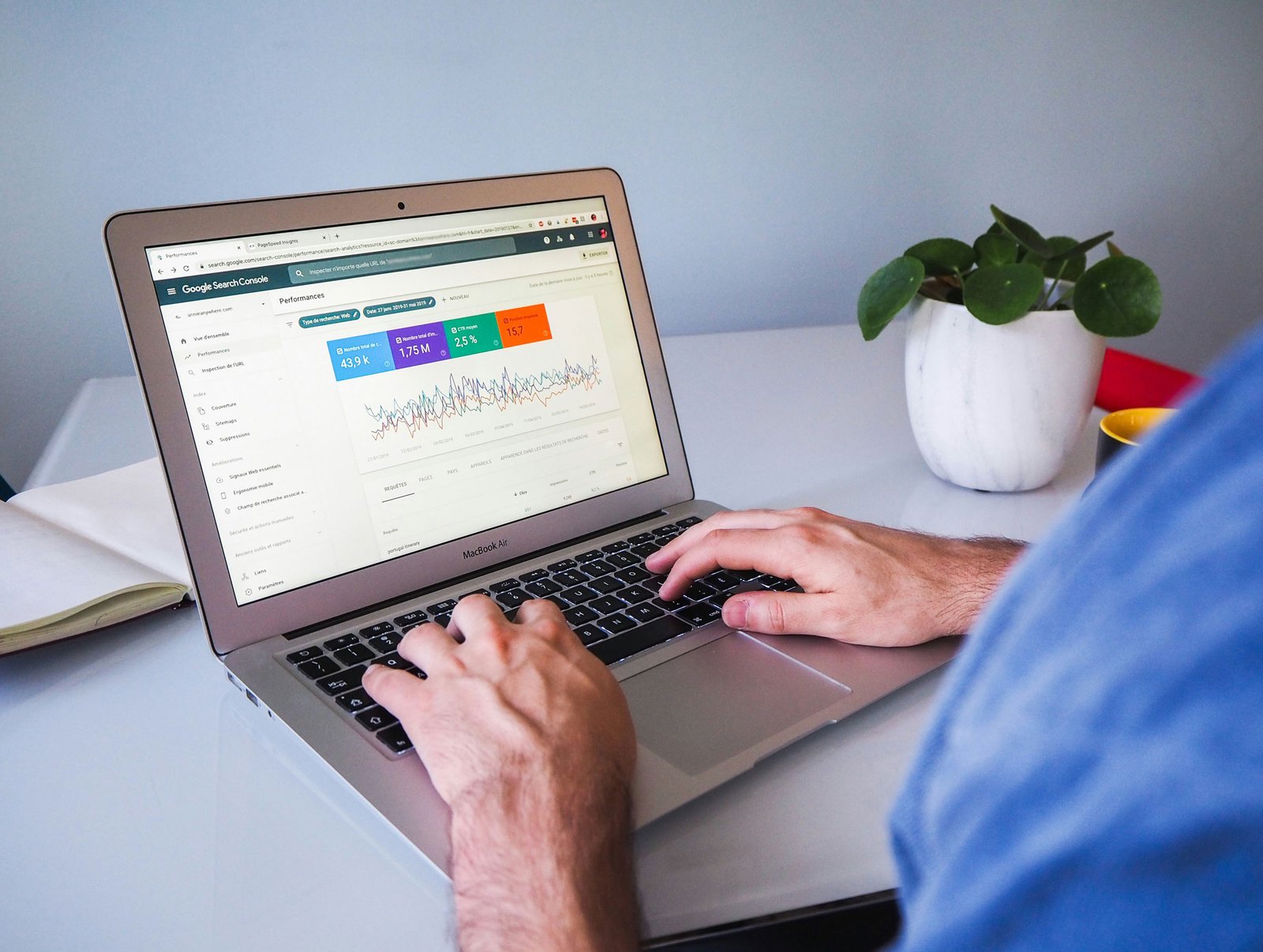
Artificial intelligence (AI) is reshaping how markets operate—from ingesting news in milliseconds to executing complex orders across venues. Unlike earlier automation waves, today’s systems learn from vast, fast-moving data. Central banks and international bodies have flagged AI as both a source of efficiency and a potential amplifier of risk. The Bank for International Settlements (BIS) describes AI as a “game changer,” influencing price formation, liquidity, and the speed of information transmission across the financial system. Its analysis underscores how widespread adoption can affect inflation dynamics and financial stability—issues core to monetary authorities.
At the same time, the International Monetary Fund (IMF) notes that AI could make price moves faster and sharper, raising new questions about margining, circuit breakers, and the resilience of central counterparties. This is not only a trading-floor concern; it’s a financial-stability topic with cross-border implications, given globally interconnected markets. The IMF has highlighted both efficiency gains and tail risks, encouraging supervisors to prepare for new patterns of market stress.
In brief, AI in trading promises better execution, richer insights, and stronger controls. But it also concentrates operational dependence on models and data. This duality—efficiency versus fragility—frames the rest of this article.
2) How AI Works in Financial Markets
AI systems in markets typically rely on machine learning (ML), deep learning, and natural language processing (NLP). These methods digest order books, tick data, macro releases, corporate filings, and headlines to generate predictions or signals. In practice, models learn from historical patterns, adapt to new data, and can operate at speeds that allow strategies to react within microseconds.
Supervisors and researchers emphasize that performance hinges on data quality, model governance, and guardrails. The NIST AI Risk Management Framework (AI RMF 1.0) provides practical functions—Govern, Map, Measure, Manage—to help organizations embed trustworthiness (validity, reliability, robustness, transparency, and fairness) into AI systems. Even though it is voluntary, many institutions use it to structure controls around trading models and decision-support tools.
Meanwhile, policy bodies track AI’s system-wide effects. BIS research explores how learning systems may change price discovery and liquidity provision, while FSB analyses revisit AI’s macro-financial channels, including concentration in model providers and data sources. These insights help firms anticipate feedback loops—like herding—if many participants use similar signals.
Bottom line: AI “works” by turning heterogeneous data into tradeable signals through learning algorithms. Whether that leads to better markets or new forms of fragility depends on governance, testing, and the diversity of models in use.
3) Applications of AI in Trading
AI is used across the trade lifecycle. In signal generation, ML models forecast returns, volatility, or liquidity. NLP systems scan regulatory filings, central bank speeches, and economic releases within milliseconds, informing intraday positioning. In execution, AI-enabled algorithms split orders, choose venues, and adapt to microstructure changes to reduce slippage. In risk and compliance, anomaly detection flags unusual activity, enhances surveillance, and supports best-execution evidence.
Supervisory surveys show the breadth of adoption. The Bank of England (BoE) and Financial Conduct Authority (FCA) report expanding use of AI/ML across UK financial services—front office, risk, and back-office applications—with maturing governance over time. Their series of surveys provides a neutral, data-backed view of where AI is deployed and how firms test and validate models.
On market microstructure, the European Central Bank (ECB) research documents how fast trading interacts with liquidity and price discovery. While evidence is nuanced, papers show AI-accelerated trading can both improve immediacy and, in certain conditions, magnify short-term fragility—especially around announcements or when liquidity providers withdraw.
In compliance, SEC Rule 15c3-5 requires risk controls for market access, directly relevant to AI-led execution and direct market access flows. Pre-trade limits, credit thresholds, and system integrity checks are baseline expectations in AI-era trading stacks.
4) Benefits of AI in Trading
When governed well, AI can enhance market quality and firm-level performance:
- Faster, more adaptive execution. Learning algorithms dynamically adjust order slicing, venue selection, and timing, often reducing market impact.
- Richer risk sensing. Models can detect regime shifts or liquidity gaps earlier, supporting hedging and capital allocation decisions.
- Operational resilience. Intelligent monitoring can catch anomalies, reduce errors, and strengthen surveillance for market abuse.
- Better price discovery (in normal times). Studies indicate that automation and competition among fast traders can tighten spreads and speed information diffusion, under many conditions.
Benefits go beyond firms to the system: more efficient routing, improved transparency via best-execution analytics, and standardized controls enforced by rules like SEC 15c3-5 and MiFID II Article 17 on algorithmic trading. The presence of mandated pre-trade risk checks and resiliency requirements provides a common floor of safety while allowing innovation in model design.
However, realizing these benefits depends on robust model governance—validation, monitoring, and documentation—areas where frameworks such as NIST AI RMF help institutions operationalize trustworthy AI without stifling performance.
5) Challenges and Limitations of AI in Trading
AI magnifies classic issues—data quality, model risk, and operational risk. Poorly curated data or drift can degrade models at scale. The Financial Stability Board (FSB) warns that reliance on similar datasets, third-party providers, or foundation models can create concentration and herding risks: if many participants act on correlated signals, shocks can propagate more quickly. Supervisors also point to “explainability” gaps: complex models can be hard to audit in real time, complicating accountability during stress.
Regulatory expectations add necessary constraints. MiFID II Article 17 requires effective systems and risk controls for algorithmic trading, including capacity, thresholds, and error prevention. SEC 15c3-5 mandates pre-trade risk checks and prohibits “naked access,” ensuring AI-driven flows still pass through hardened controls. These rules reduce the chance that a model error becomes a market event, but they also impose latency and engineering overhead.
Finally, AI introduces governance complexity. Institutions must document roles, datasets, testing, and monitoring—areas the NIST AI RMF and its Playbook translate into practical steps. Without disciplined governance, even strong models can fail at scale.
At-a-glance comparison
| Aspect | Potential Benefit | Key Limitation/Risk |
| Execution | Lower slippage via adaptive routing | Model drift under stress; venue outages |
| Liquidity | Tighter spreads in normal times | Liquidity withdrawal in shocks |
| Surveillance | Earlier anomaly detection | False positives; explainability limits |
| Operations | Fewer manual errors | Third-party/model concentration risk |
6) Case Studies and Evidence from Official Research
While proprietary performance is rarely public, official-sector research offers instructive evidence. ECB studies on high-frequency trading (HFT) show that automation can enhance price discovery and liquidity in normal conditions, yet may contribute to fragility when liquidity providers pull back or when fast strategies synchronize around similar signals. This dual effect shows up in analyses of order-book dynamics and response to macro announcements.
Country-level surveys by the BoE/FCA document rising adoption of AI/ML across banks, asset managers, and market infrastructures. Importantly, these surveys look beyond hype to maturity indicators: model validation, human-in-the-loop controls, and production monitoring. The 2024 update situates AI growth alongside efforts to build an “AI consortium” for safe deployment and supervision.
On the macro side, BIS and the IMF have connected microstructure insights to systemic questions. BIS highlights productivity gains and better real-time analysis for policymakers, while the IMF’s Global Financial Stability work has flagged herding and concentration risks from widespread AI use in capital markets. Together, these sources show AI delivering measurable micro benefits with macro caveats—especially where many actors learn from the same patterns.
7) AI Regulations and Compliance in Trading
AI in trading sits within existing market rules that are technology-neutral but highly relevant to algorithmic systems:
- EU (MiFID II Article 17) – Requires resilient systems, capacity, thresholds, kill-switches, and monitoring for firms engaging in algorithmic trading, including obligations for market-making strategies and controls over Direct Electronic Access clients.
- United States (SEC Rule 15c3-5) – Mandates pre-trade risk checks and supervisory controls for market access to exchanges/ATSs, effectively eliminating “unfiltered” or “naked” access and addressing the realities of automated, rapid electronic trading.
- Global Principles and Risk Frameworks – The OECD AI Principles promote trustworthy, human-centric AI and were updated in 2024 to reflect generative models; the NIST AI RMF provides an actionable, voluntary framework to manage AI risk, increasingly referenced by financial firms and vendors.
- Systemic Oversight – The Financial Stability Board (FSB) assesses AI’s financial stability implications, highlighting concentration, third-party, and herding risks, and encouraging cross-border coordination among authorities.
Quick reference
| Jurisdiction/Body | Key Instrument | Relevance to Trading AI |
| EU – ESMA | MiFID II, Article 17 | Systems/resilience, thresholds, DEA controls |
| US – SEC | Rule 15c3-5 | Pre-trade risk checks, market access governance |
| OECD | AI Principles | Human-centric, trustworthy AI guidance |
| NIST | AI RMF 1.0 & Playbook | Practical governance for AI lifecycle risk |
| FSB | AI Stability Assessments | Cross-border view of systemic AI risks |
8) The Future of AI in Trading
The most likely path is hybrid decision-making: AI handles speed, scale, and pattern recognition; humans set objectives, constraints, and escalation rules. As models extend to multimodal inputs (text, tables, audio, code) and potentially integrate quantum-inspired optimization, the operational edge may come from governance and resilience rather than sheer model novelty.
Public authorities are preparing for this future. The FSB is updating its analysis of AI’s stability implications and coordination needs across jurisdictions. OECD has refreshed its AI Principles to keep pace with general-purpose and generative AI, while NIST continues to expand practical resources for risk management. This policy scaffolding helps firms scale AI responsibly, aligning engineering choices with supervisory expectations.
Expect more emphasis on model diversity, stress testing, and third-party risk. BoE communications suggest supervisors may even reflect AI dependencies in system-wide stress testing frameworks—an approach likely to spread as authorities map new transmission channels of stress. For trading desks, that means investing in scenario design, kill-switch automation, circuit-breaker alignment, and transparent documentation of model behavior under duress.
9) Conclusion
AI has moved from pilot to production across trading, execution, and surveillance. Official research, rulebooks, and global frameworks together show a consistent message: AI can tighten spreads, speed discovery, and enhance controls—if models are governed, tested, and diversified. When many actors converge on similar models or data, risks of herding, concentration, and rapid stress transmission grow. The strongest market participants will pair cutting-edge models with conservative risk overlays and transparent governance.
For readers seeking primary resources, explore MiFID II Article 17 for algorithmic trading controls, SEC Rule 15c3-5 for market access risk checks, OECD AI Principles for high-level, human-centric AI norms, NIST AI RMF for practical governance, and BIS/IMF/FSB analyses for macro-financial perspectives and emerging supervisory priorities.





